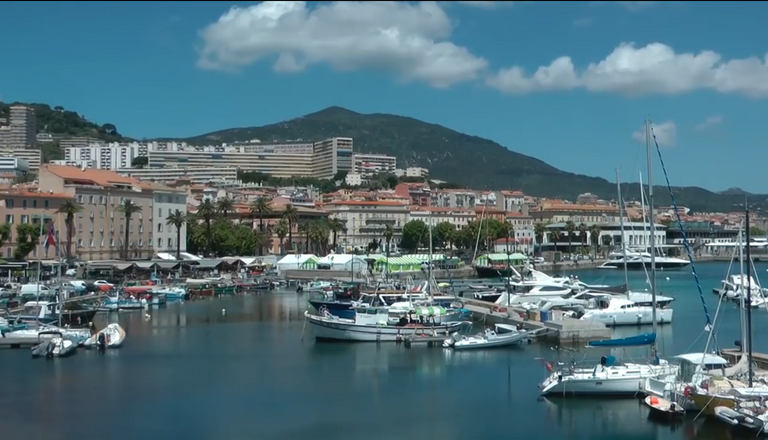
It is not a coincidence that with a third of its protected natural heritage Corsica is called the Island of Beauty or the Pearl of the Mediterranean.
It has more than 1,000 km of coastline with water so crystalline and blue that it is hard to believe. You have to visit and tour it.
Its geography goes from the steep cliffs in the north to the soft beaches in the south.
But there is also a place for cities like Ajaccio where the inheritances of the past are confused with the dynamism of modern times.
Ajaccio, the imperial city.

Full of historical monuments, churches, convents, museums and -why not- excellent restaurants.
According to its inhabitants, Ajaccio had a calmer existence than the rest of the island. It did not have so many bosses and dominators.

Initially it was under the dominion of the Republic of Genoa until the middle of the 15th century when it was conquered by the Corsicans who settled definitively on the island.
Its most illustrious citizen was Napoleon Bonaparte who was born in 1769.
The port of Ajaccio is the main one served by ferries from France (Marseille, Nice, Toulon) and from Italy (Genoa). It has 300 moorings.
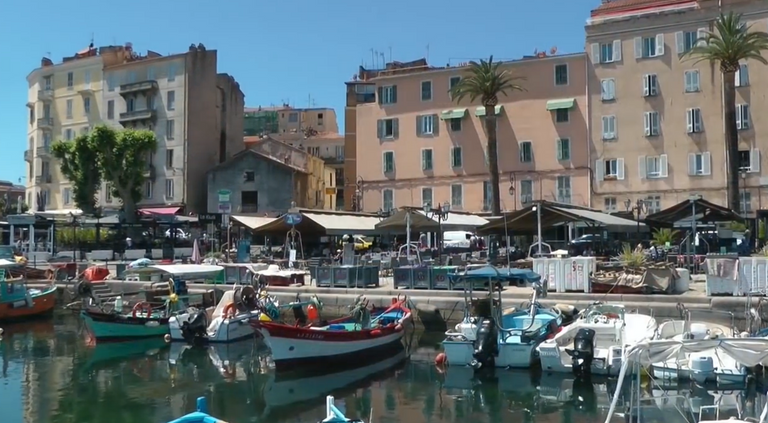
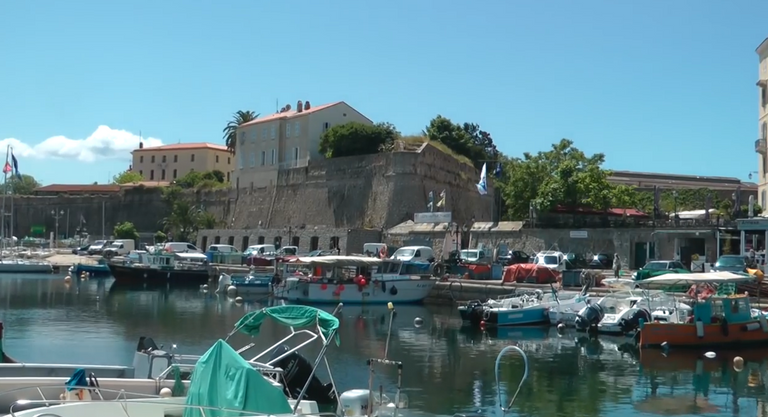
The other port is the Charles-Ornano port, which has more than 800 moorings.
Apart from this, it is an important stopover for many yachts that sail the Mediterranean Sea.
The city of Napoleon.
The most important monuments are the Imperial Chapel, the Cathedral, the Museum of Fine Arts also called Fesch Palace, the Mariscal Foch Square, the Town Hall, the house where Napoleon Bonaparte was born and the Citadel.
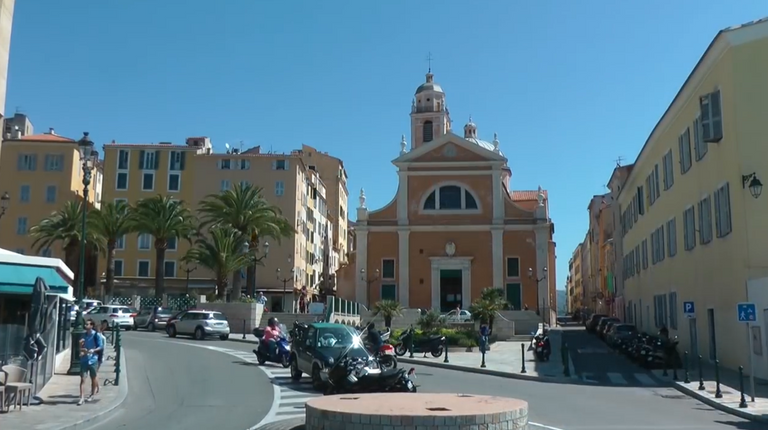
The restructuring of the Museum of Fine Arts led it to currently have a surface area of over 2,000 square meters.
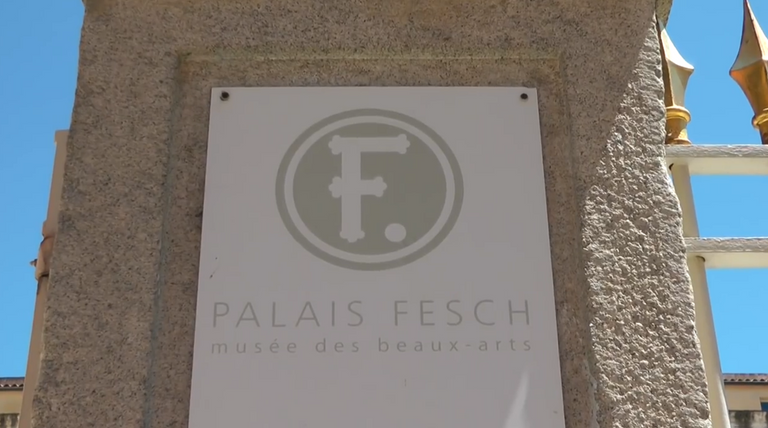
The Museum presents a vast panorama of Italian painting and is considered the second largest French collection after the Louvre Museum.
The house where Napoleon Bonaparte was born is the only National Museum on the island of Corsica.
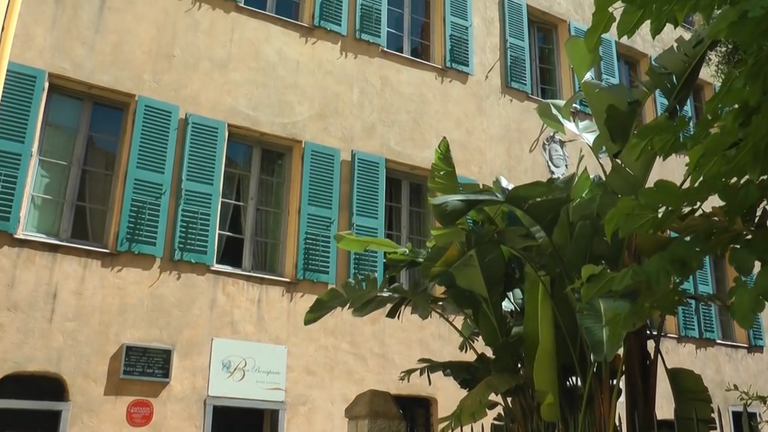
Located in the heart of "old" Ajaccio it is the symbol of Bonapartist rule and has a beautiful garden.
In the month of August of each year the Napoleonic Days are held with parades, stops, changing of the guard, courting, theater. Three days dedicated to the celebration of the illustrious citizen of Ajaccio.
Crossing the internal streets of the city, true narrow alleys where vehicular traffic is prohibited, we can discover open-air markets for regional products, a classic of the historical centers in most of the European cities.
Nightly shopping.
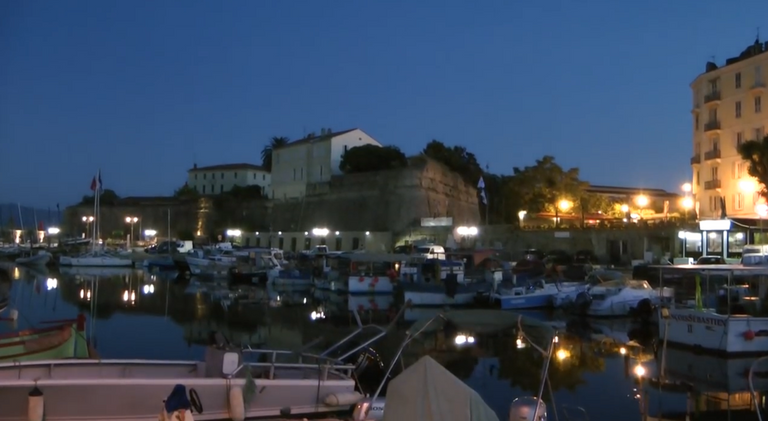
Every Friday in July and August you can do shopping at night which gives Ajaccio a special feature with the nightly opening of businesses in the historic center and musical and theatrical animations through the streets of the city.
The Sanguinaires Islands

You can also visit the Sanguinaires Islands since they are only 7 kms from the city center of Ajaccio.
You can go on foot, but you can also do it by car, by bus or by train.
The name does not have any sinister meaning but is due to the color of the sunset, where according to ancient legends, it seems to be tinged with a blood red color that is reflected in the red porphyry rocks.
This small archipelago consists of five islands (Mezzu Mare with the 15-meter-high lighthouse, Cormorans, Cala d'Alga, Porri and U Sbiru which is actually a rock) plus a development called Punta de la Parata dominated by a Genoese tower built in 1608.
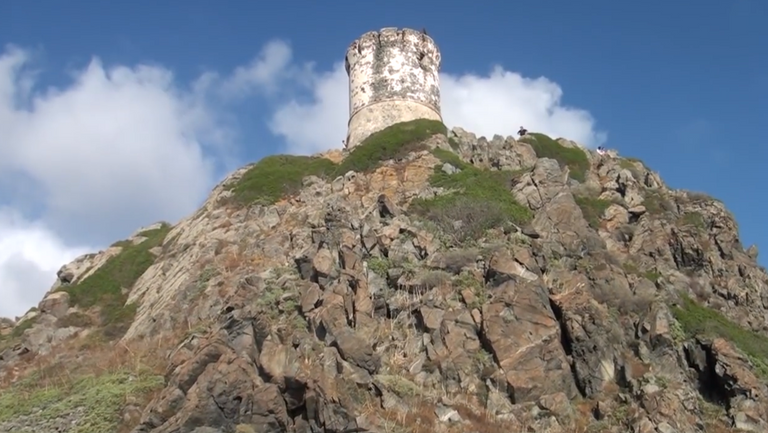
Source.
 |  | 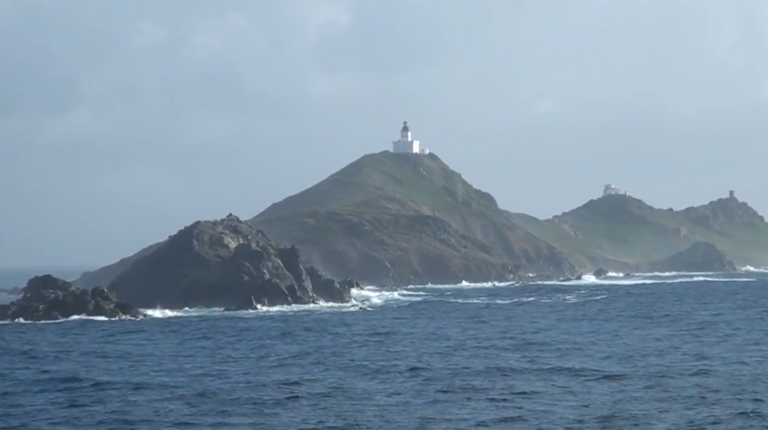 |
|---|---|---|
 |  |  |
 | 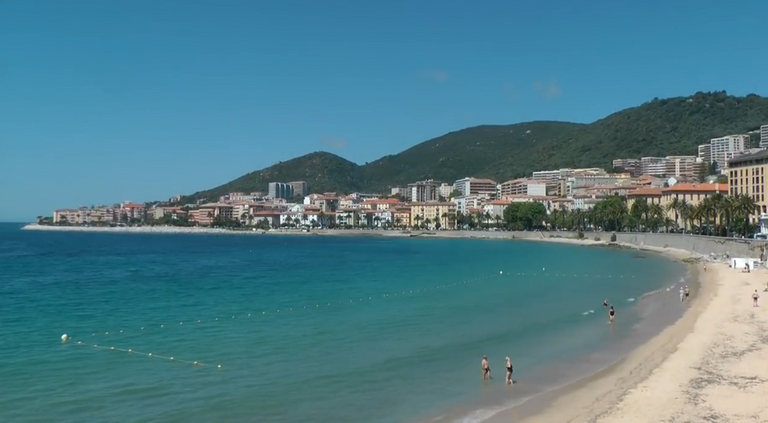 |  |
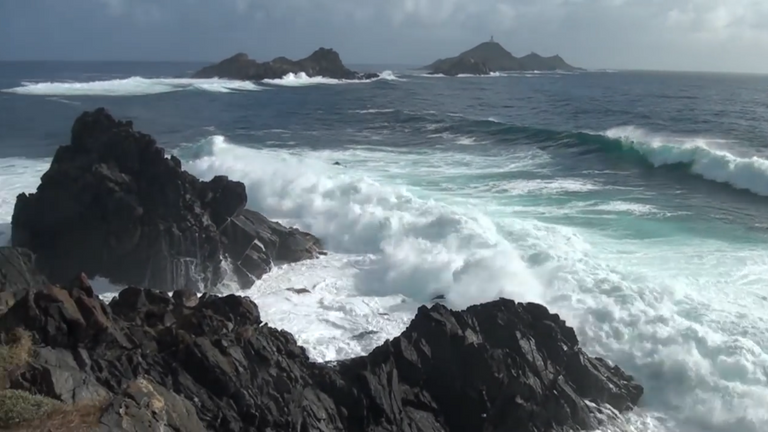 | 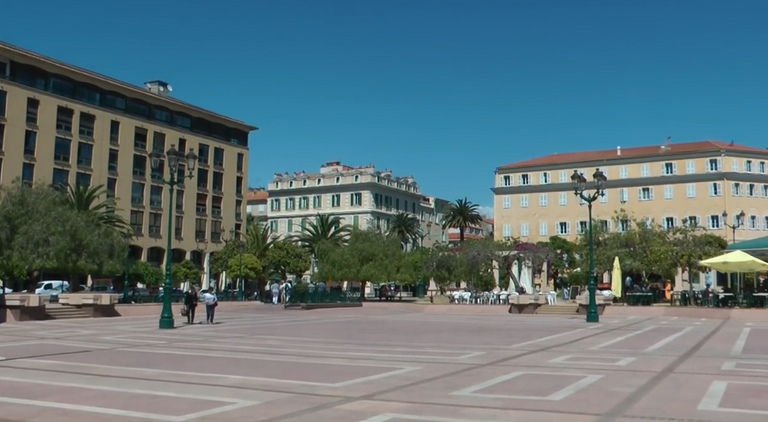 | 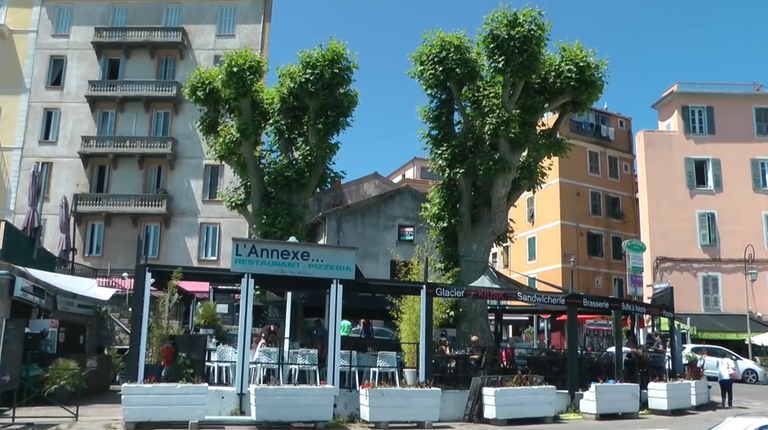 |
 | 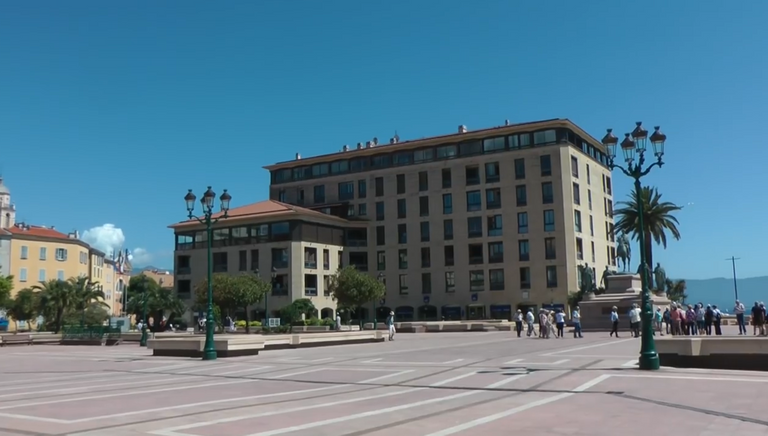 |  |
 | 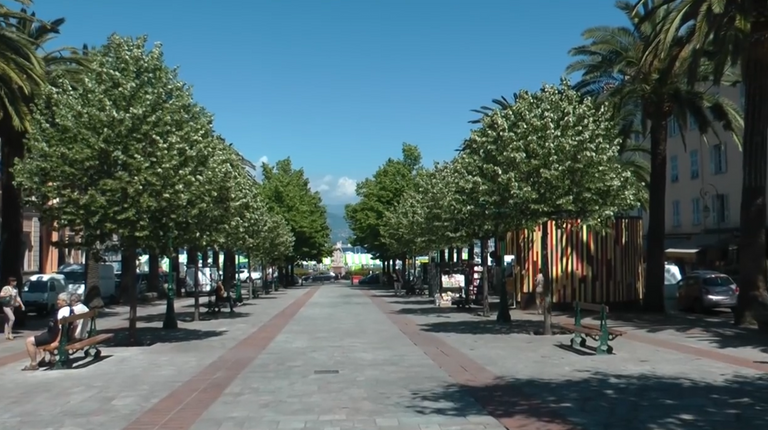 | 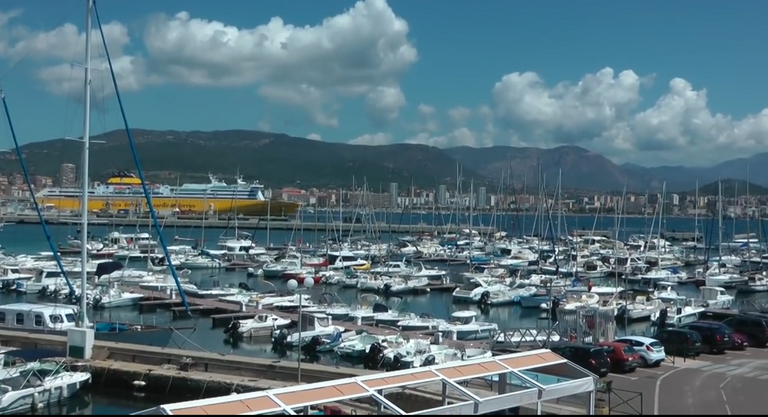 |
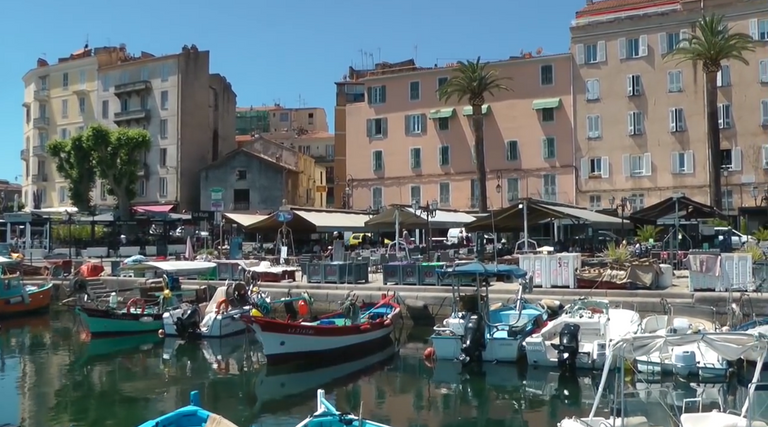 |  |  |
 | 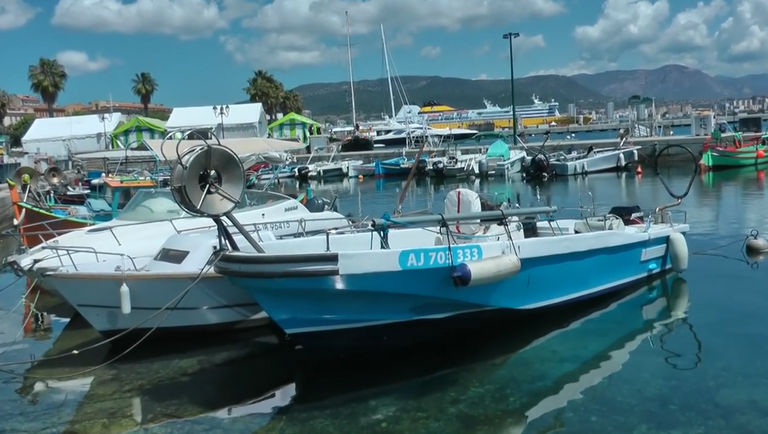 |  |




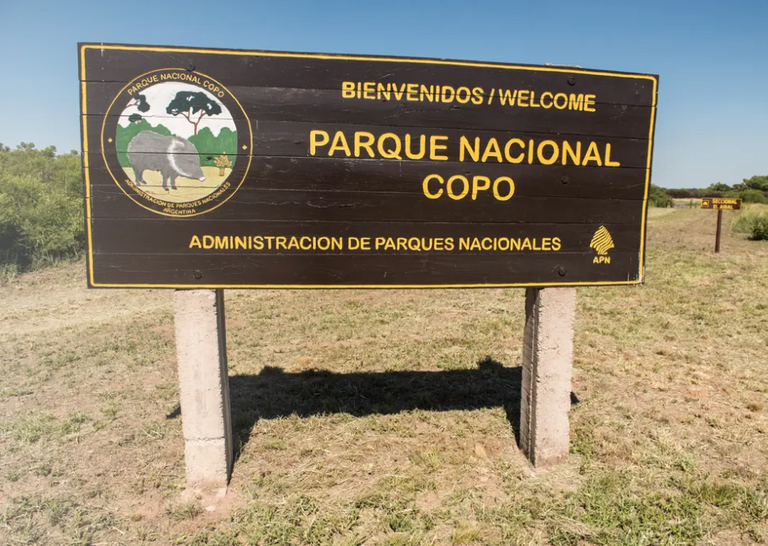
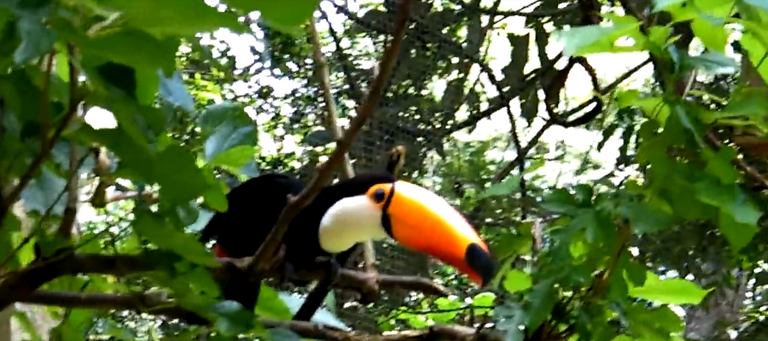
This post was shared in the Curation Collective Discord community for curators, and upvoted and reblogged by the @c-squared community account after manual review.
@c-squared runs a community witness. Please consider using one of your witness votes on us here
I thank you for supporting my content @c-squared
Cheers.